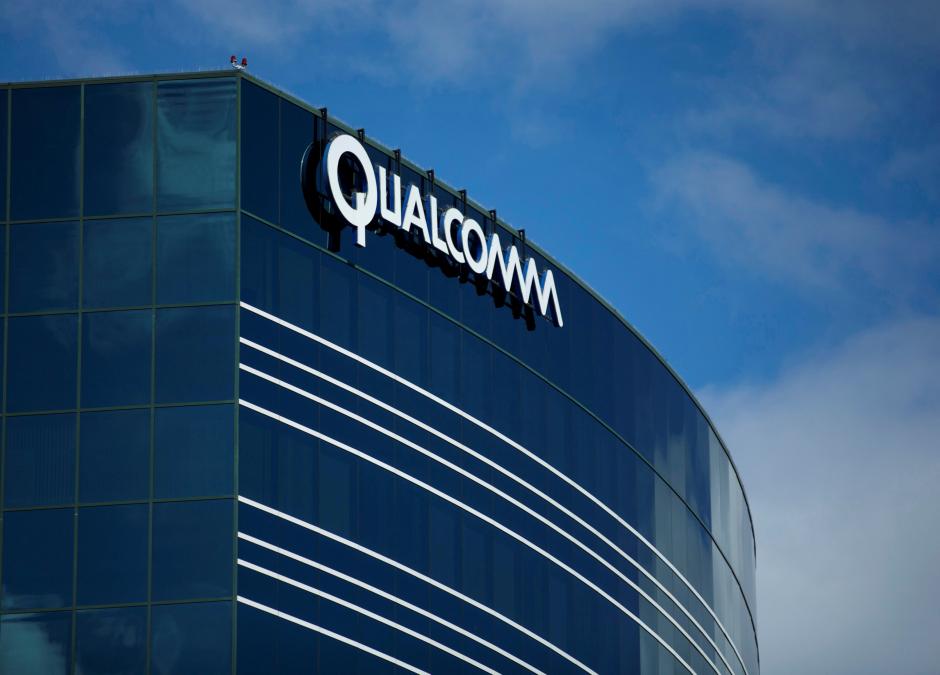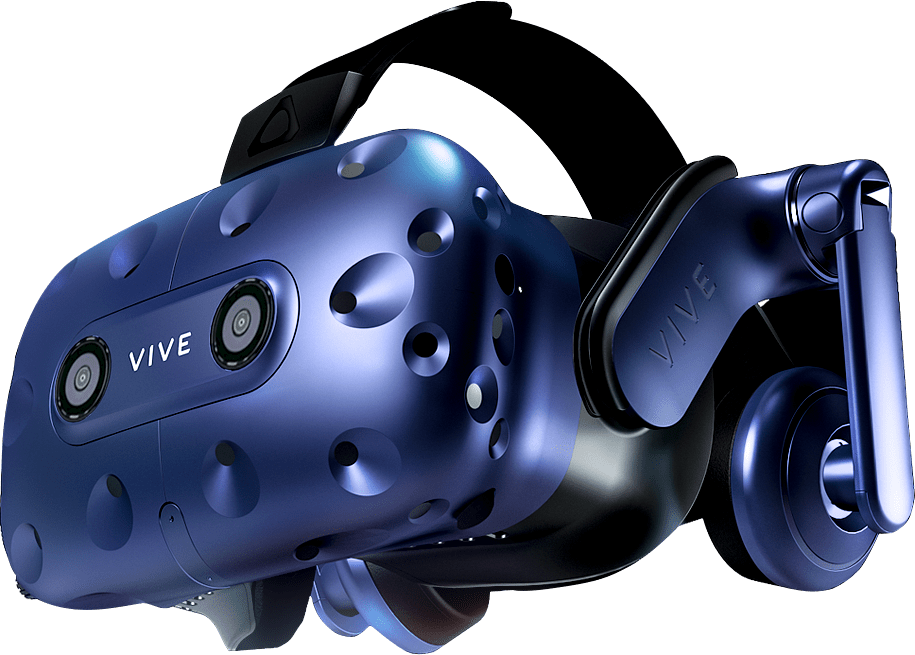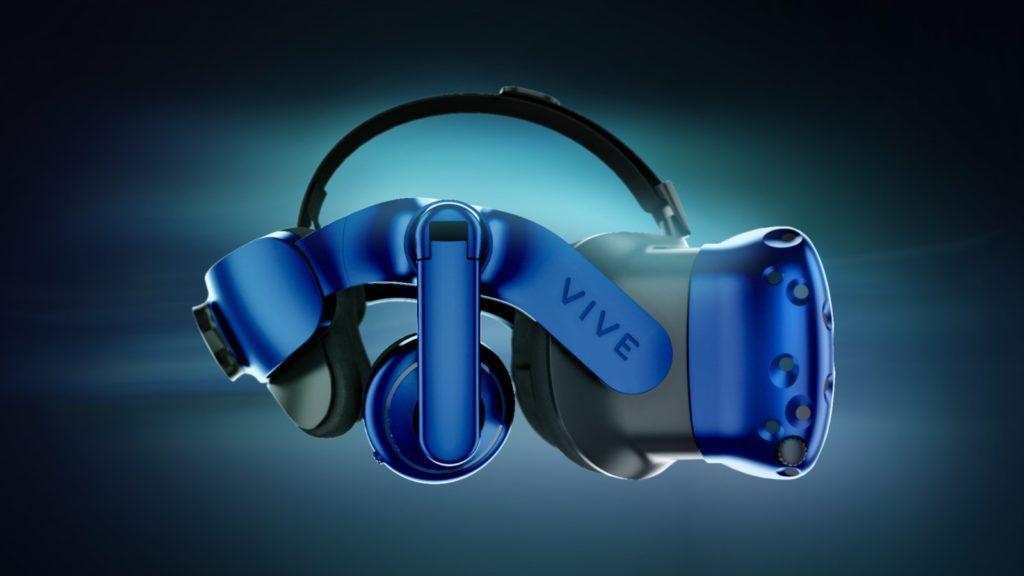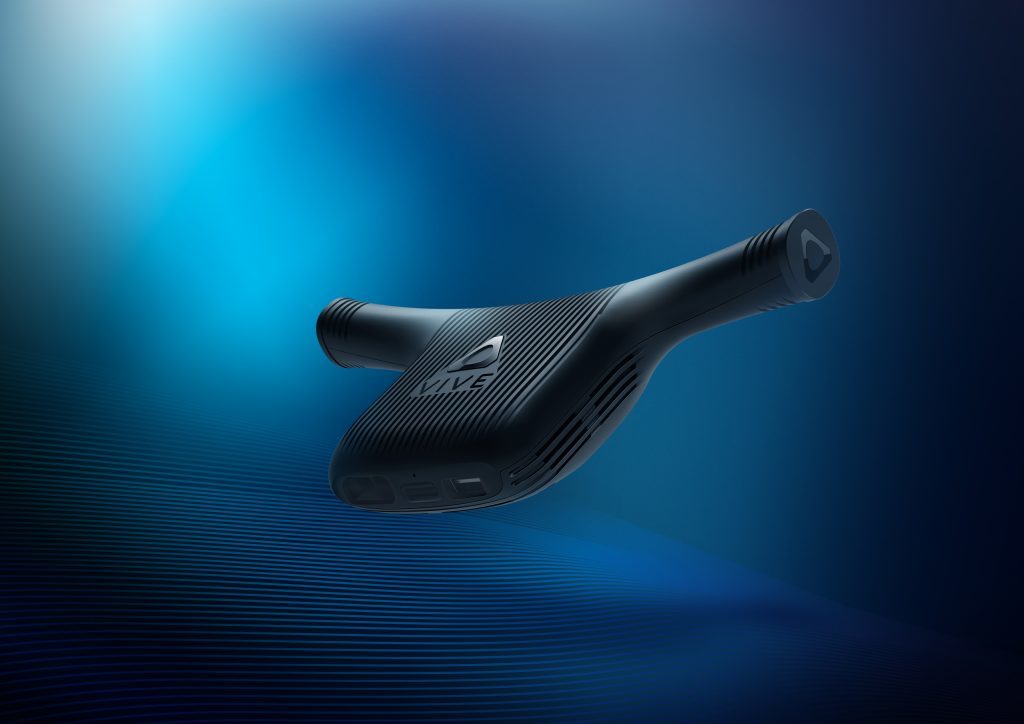Qualcomm has announced its XR1 platform that will give portable VR a major boost. Currently the Oculus GO is using an older Qualcomm chip (Snapdragon 821 Processor) that is more along the lines of smartphone use, but the XR1 will bring AR and VR applications closer to the levels of the Oculus Rift and HTC Vive. This is a big step in the right direction for portable VR and should help advance higher end AR/VR projects at a cheaper price.

FILE PHOTO: One of many Qualcomm buildings is shown in San Diego, California, U.S. on November 3, 2015. REUTERS/Mike Blake/File Photo
The XR1 chip will provide higher resolution 4K display while allowing the user to be more inside the space with 360 degree viewing, granted its all dependent on what manufacturers decide to do with the chip. Oculus GO should see a nice boost once they implement the XR1 and hopefully other portable devices will utilize the higher end chip for AR/VR needs.
The XR1 chip should see the light of day around early 2019 depending on how things pan out, but overall this gives companies a cheaper alternative and a higher end portable solution which is much needed in the space.





 In addition to the HTC Vive Pro, comes the Vive Wireless Adaptor which will give a truly wireless VR experience available for the Vive Pro and the Vive. Features for the Vive Wireless Adaptor include Intel’s WiGig technology and operates in the interference-free 60Ghz band, which from what
In addition to the HTC Vive Pro, comes the Vive Wireless Adaptor which will give a truly wireless VR experience available for the Vive Pro and the Vive. Features for the Vive Wireless Adaptor include Intel’s WiGig technology and operates in the interference-free 60Ghz band, which from what  In addition to the HTC Vive Pro announcement comes HTC’s updated Viveport VR experience which seems like a major overhaul considering earlier versions of Viveport had issues and many users preferred Steam instead. This is HTC’s chance to redeem themselves for the Viveport platform, and from the video below, it’s looking very cool.
In addition to the HTC Vive Pro announcement comes HTC’s updated Viveport VR experience which seems like a major overhaul considering earlier versions of Viveport had issues and many users preferred Steam instead. This is HTC’s chance to redeem themselves for the Viveport platform, and from the video below, it’s looking very cool.



